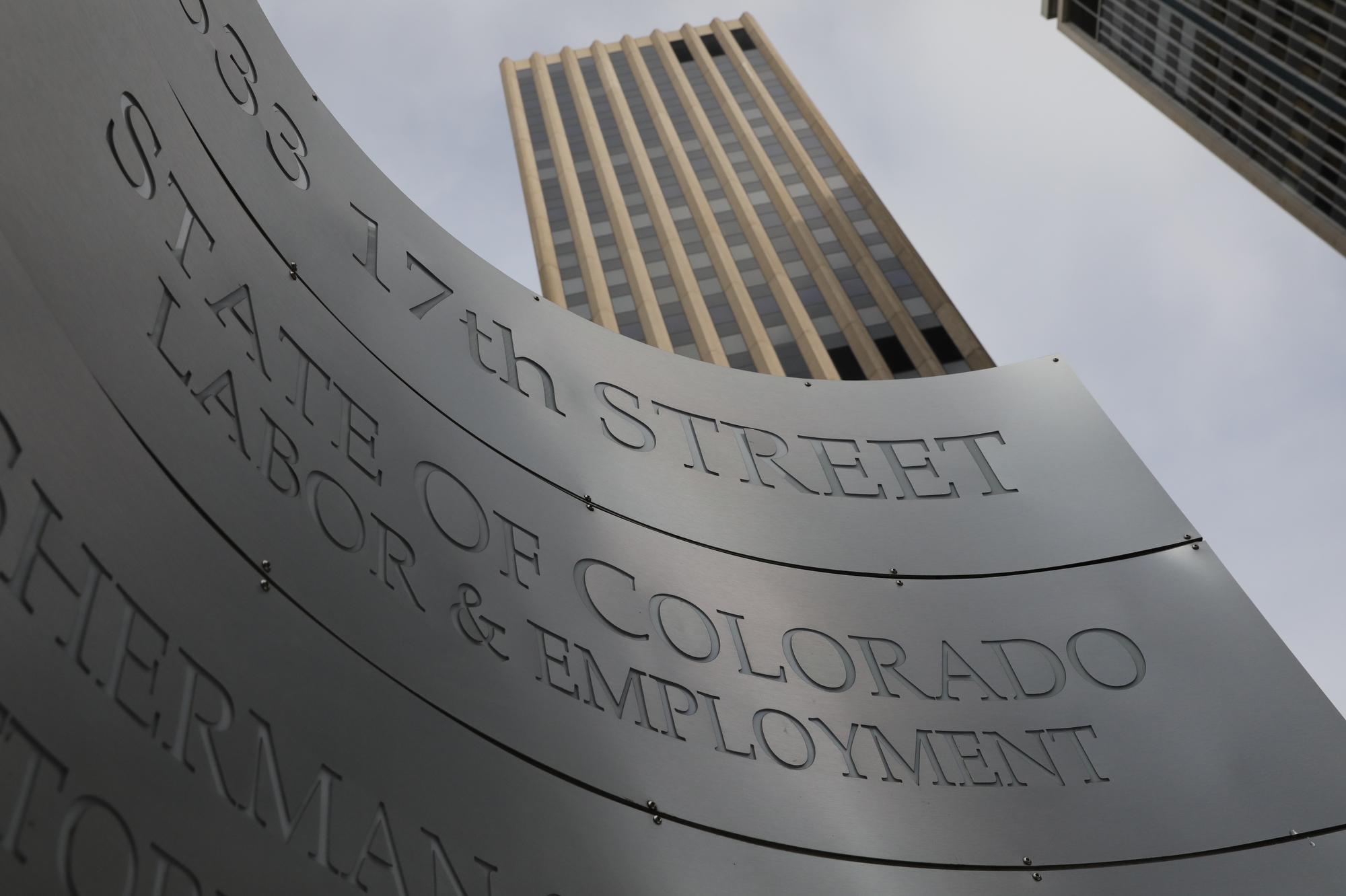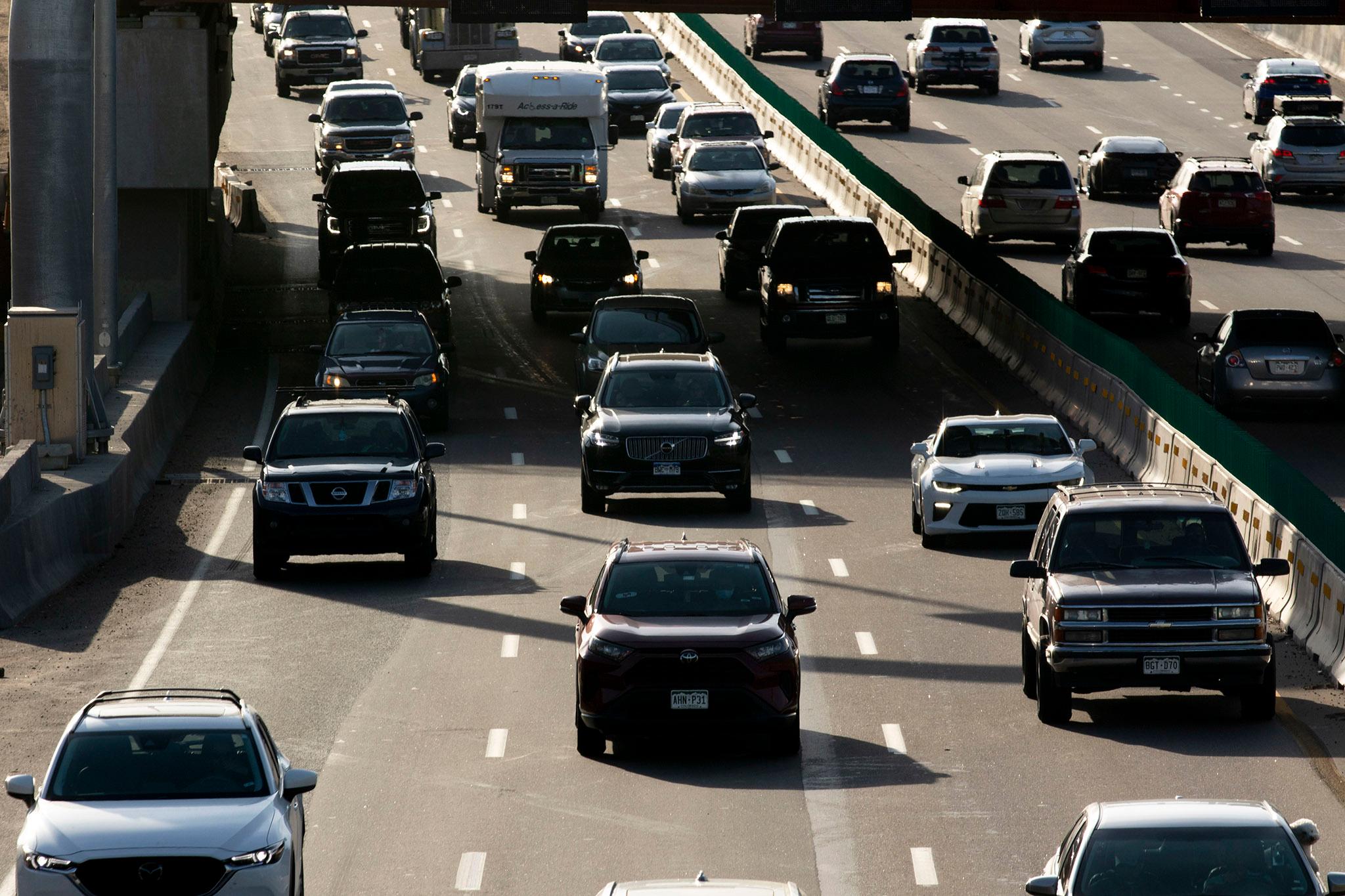
The Colorado Department of Labor and Employment will make new information and updates about glitches affecting the unemployment system available to the public through a dashboard page launched today.
The new page is meant to offer more frequent updates about the numerous issues that can prevent someone from collecting unemployment benefits.
“We want to make sure that people know what’s happening in the system, (like) program issues that involve eligibility, identification,” said Joe Barela, executive director for CDLE. “We talked to claimants and wanted to get their insight on what’s missing, what would they like to know?”
As of Friday morning, the page listed a dozen known technical issues and the status of their expected solutions. For example:
- Some claims show the wrong balance
- Some claims were wrongly denied
- Others are stuck at the “submitted” status
- Claimants are encountering an inexplicable “Zero Available Balance” page
- People were left with $0 in available benefits despite clearing a “program integrity” hold
The department lists statuses ranging from “researching root cause” to “FIXED and checked nightly.” The goal, officials said, was to help claimants to understand whether a technical glitch might be interfering with their claim, and when it would be fixed.
The department assembled the page after facing widespread complaints and frustration amid the shift to a new software system, including questions from state lawmakers.
It’s an effort to resolve a vicious cycle. People often can’t tell whether they’re being denied for benefits because of technical glitches — or whether they might actually be ineligible for benefits due to the confusing mix of rules created by the federal government. The dashboard is intended to reduce the number of people clogging the state's call centers with questions about common problems.
A new approach for communications
“I think there is so little communication. People think they may be the only one having (an issue),” said Erin Joy Swank, who manages a mutual aid Facebook group for some 8,000 people facing unemployment issues in Colorado issue.
Often, Swank sees the same questions and glitches posted dozens of times per day on Facebook, because there has been no central source of information, until now.
The new dashboard won’t necessarily get those problems resolved any quicker, but Swank thinks it will help people understand what’s happening — and help them hold CDLE accountable for fixes.
“It’s annoying” to face glitches, she said, “but at least you know they’re trying.”
CDLE has relied on a patchwork of communications to keep people updated on unemployment issues. A claimant might receive an email about an ongoing issue, or find a notice about it on the website, or perhaps an answer in the FAQ section. The dashboard is meant to offer a more unified source of information.
Asked why the department hadn’t introduced the dashboard feature earlier, Barela said that CDLE had been stretched thin as it tried to keep pace with implementing new unemployment programs and, more recently, introducing the system-wide MyUI+ software upgrade.
“Really, I think we are trying to be responsive to where we saw pain points,” he said. The department has been building up its staff for the call centers, and it recently hired a new press secretary to handle communications.
The dashboard also offers daily metrics on the state’s unemployment call centers.
For example, on Feb. 25, the average wait time at the “live” call center was 73 minutes, and the appointment-based center completed about 1,100 callbacks. But Swank suspects the wait time figure isn't an accurate representation of people's experience; she’s heard countless reports of people’s calls being dropped after more than an hour on hold. The new dashboard features a button to report issues with the call center.
New challenge ahead
The department has been working for most of the new year to implement the extended unemployment benefits that were approved by Congress just as previous benefits were expiring late last year.
Some people went nearly three months without unemployment benefits as a result. Those benefits are finally available for most claimants, and the state now is working to clear smaller technical issues, Barela said.
But there’s another big question looming. The current benefits largely expire in mid-March and Congress still hasn’t approved an extension. If they don't act until close to the deadline, or if lawmakers make significant changes to the unemployment programs, there could be another gap in benefits in Colorado, Barela said.
“That gap depends on how complicated the new rules and regulations are,” Barela said. “These aren’t static rules and regulations. If we’ve got a change, we’ve got to figure out, how’s Colorado going to do this?”









